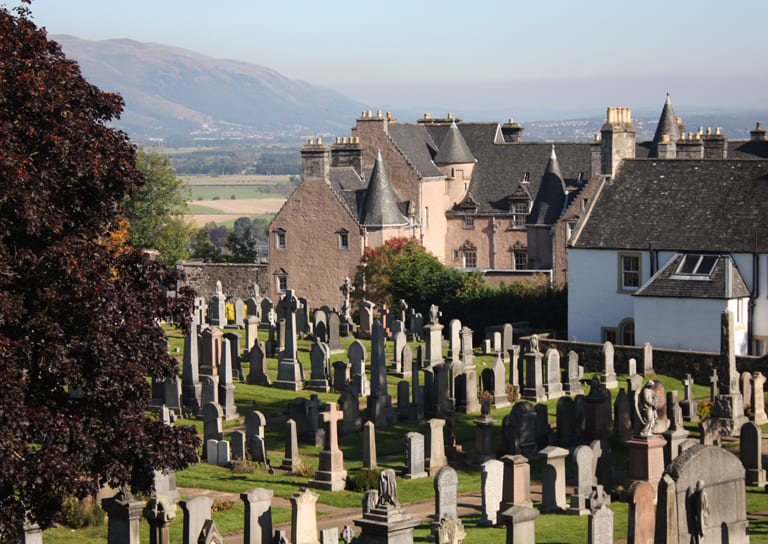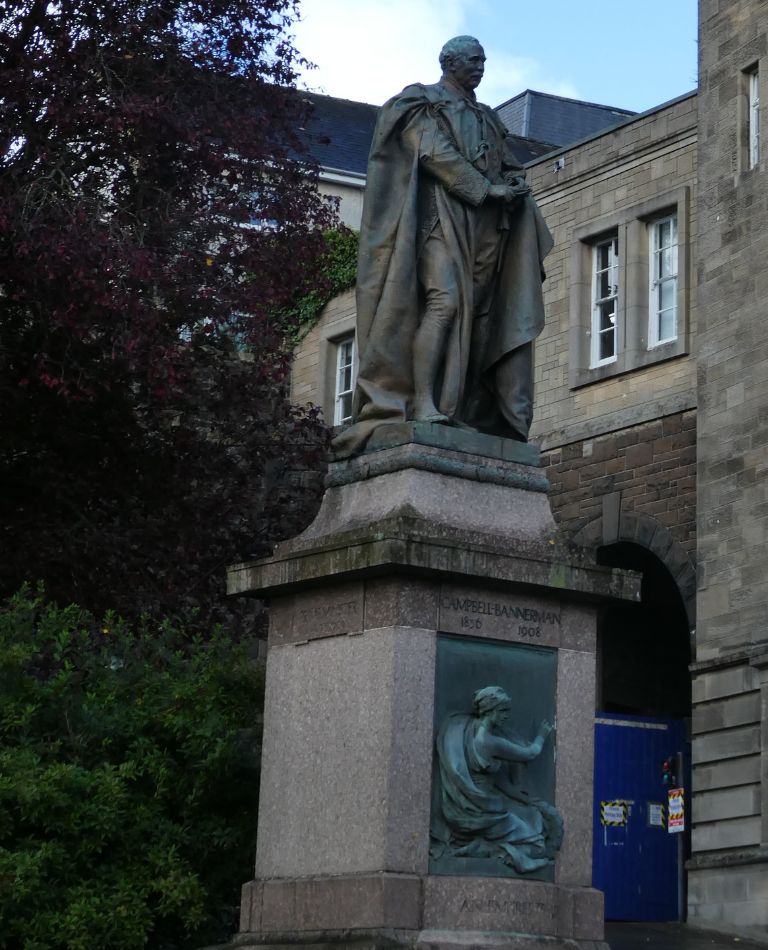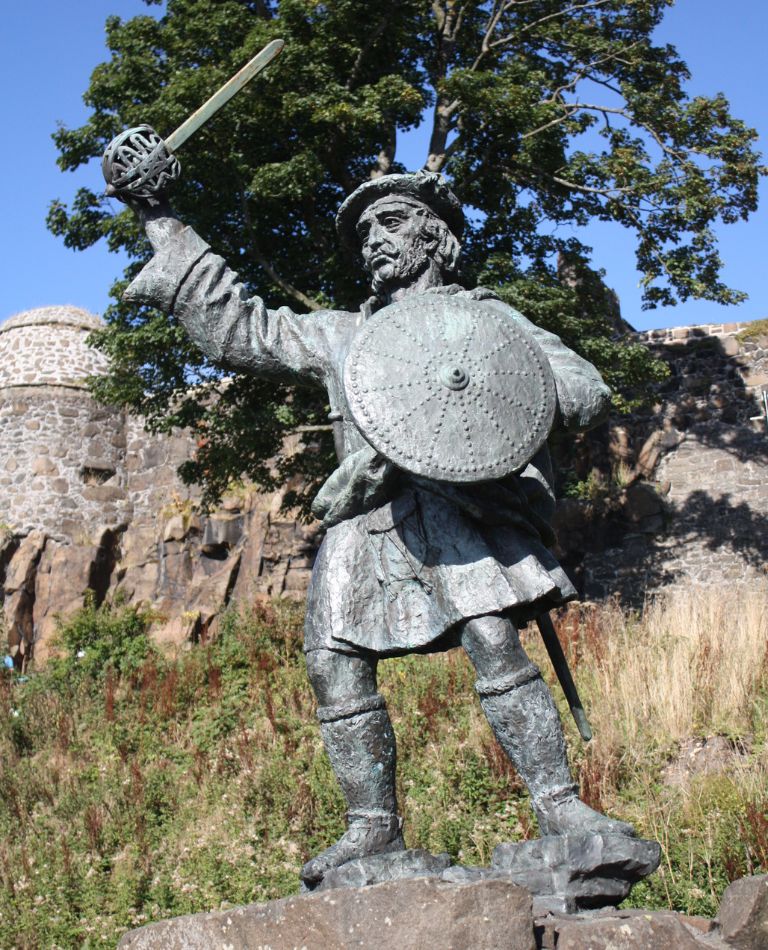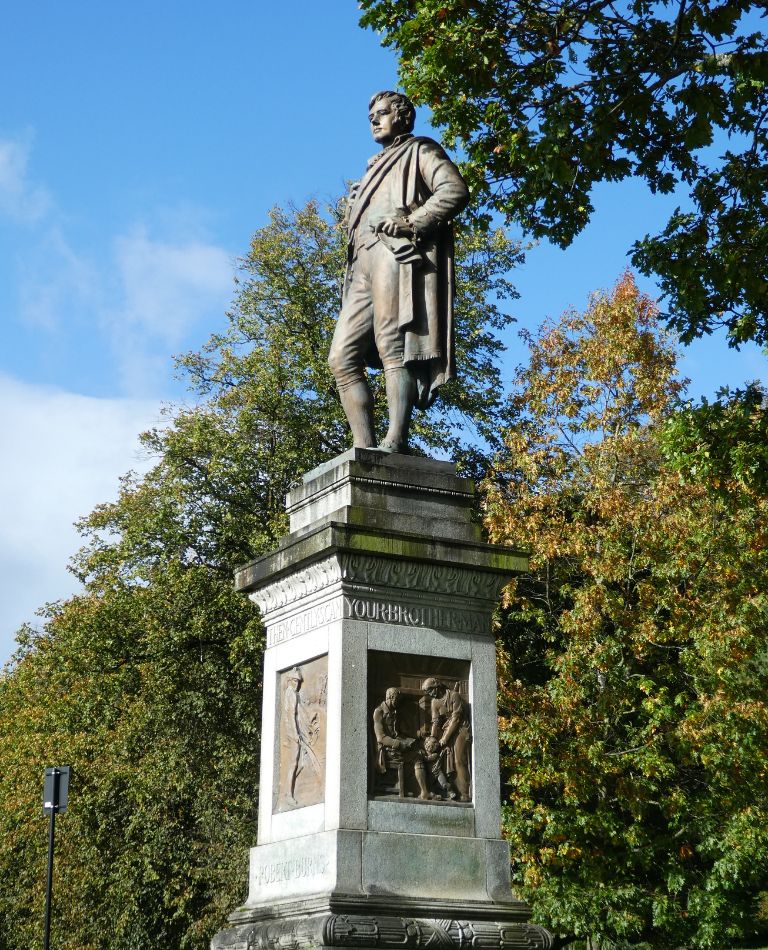- Home
- Our Work

- Stirling's Story

- Blog
- Beechwood House and the Transatlantic Slave Trade

- New Retrofit Service now available for Traditional Buildings Health Check Members

- Retrofitting Traditional Buildings: Chimneys

- SCHT 20: Championing Women in Construction
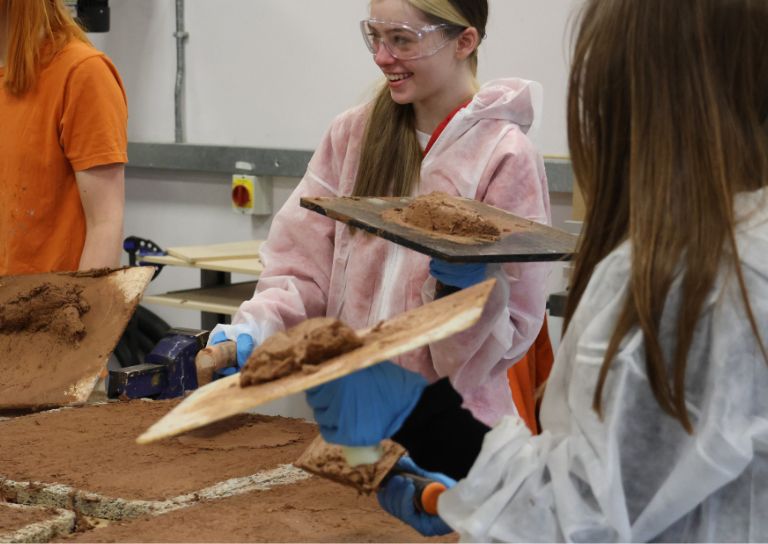
- Stirling's Lost Swimming Pools
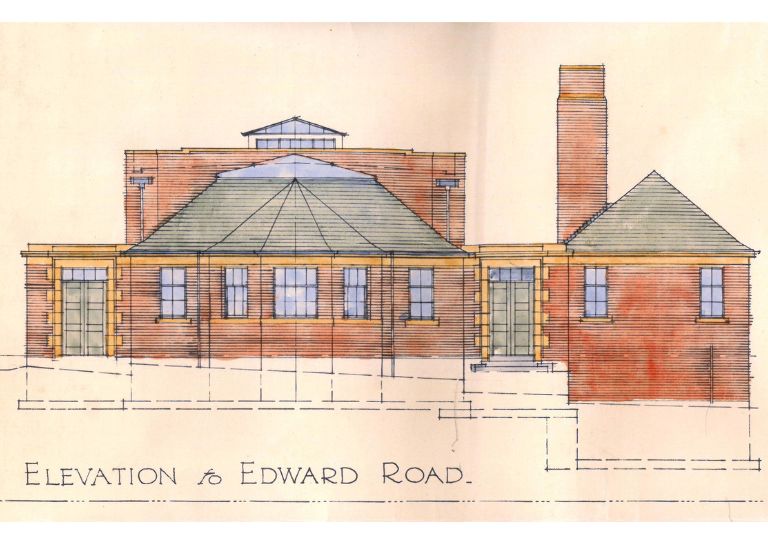
- Women in Construction at Bannockburn House
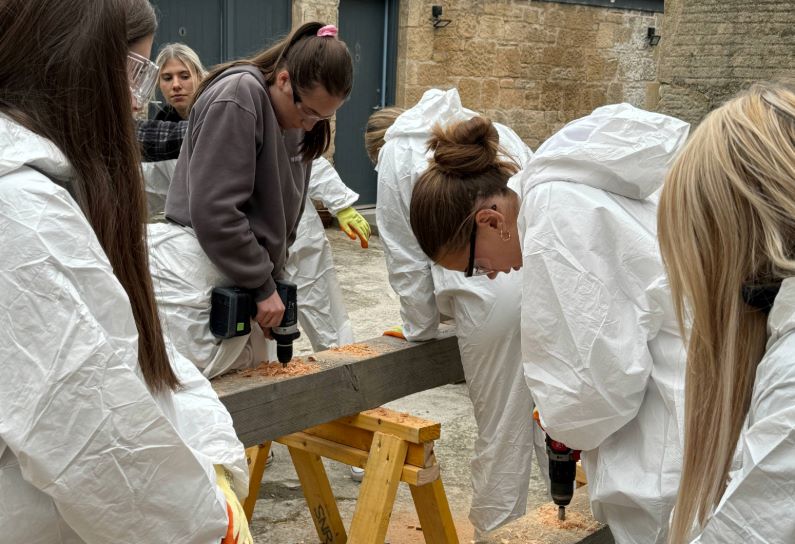
- Avenues to the Past: Stirling’s Historic Streets Exhibition

- Retrofitting Traditional Buildings

- Retrofitting Traditional Buildings: Windows

- Statement on Langgarth House

- Guest Blog: Dementia Friendly Heritage Interpretation

- SCHT Grant Conditions: Owners Associations
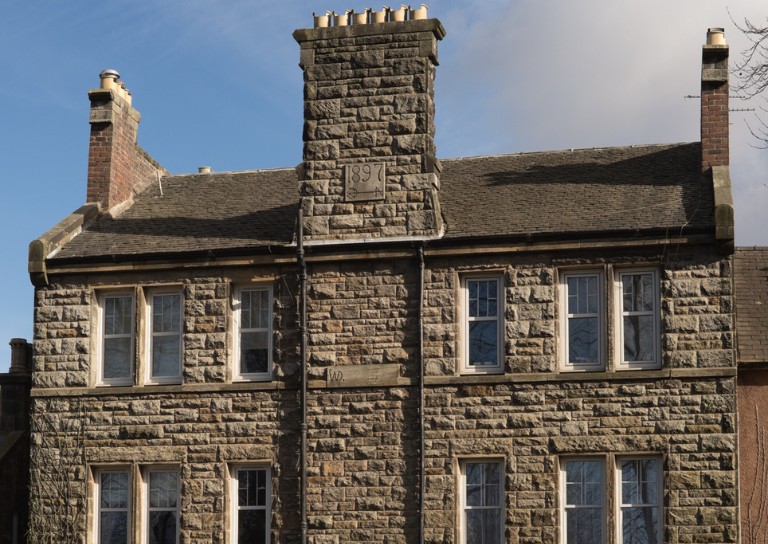
- Stirling Business Awards 2025

- What is a Conservation Area
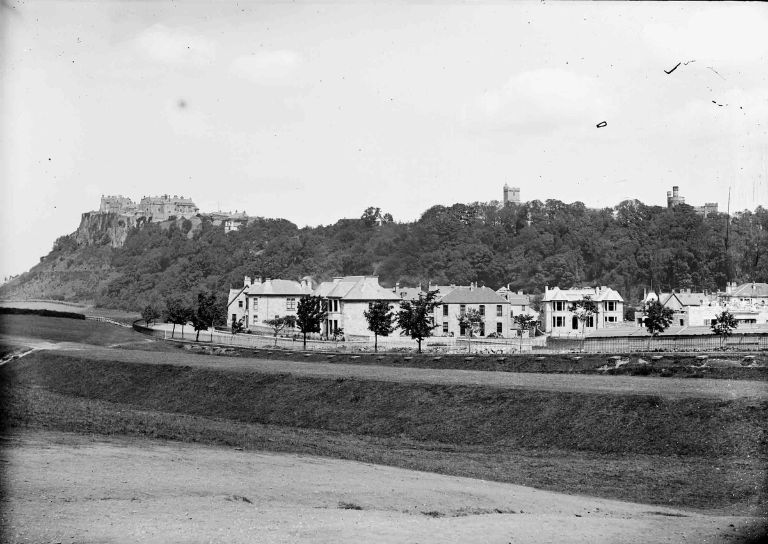
- 20 Great Buildings of Stirling

- Building Resilience: Maintaining Traditional Buildings

- Architects and The Thistle Property Trust

- World Heritage Day: Exploring Hayford Mill

- Community Consultation launched for Stirling’s Heritage Strategy
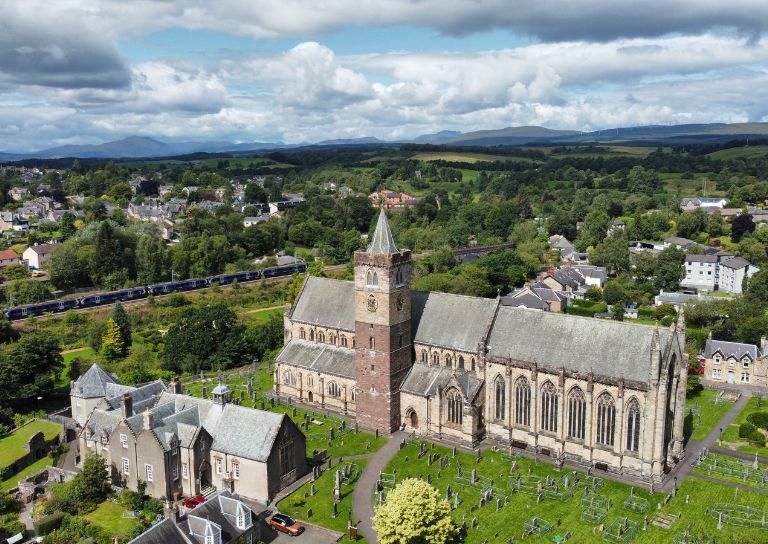
- SVE Inspire Awards September 2024

- Reminiscence Art Project
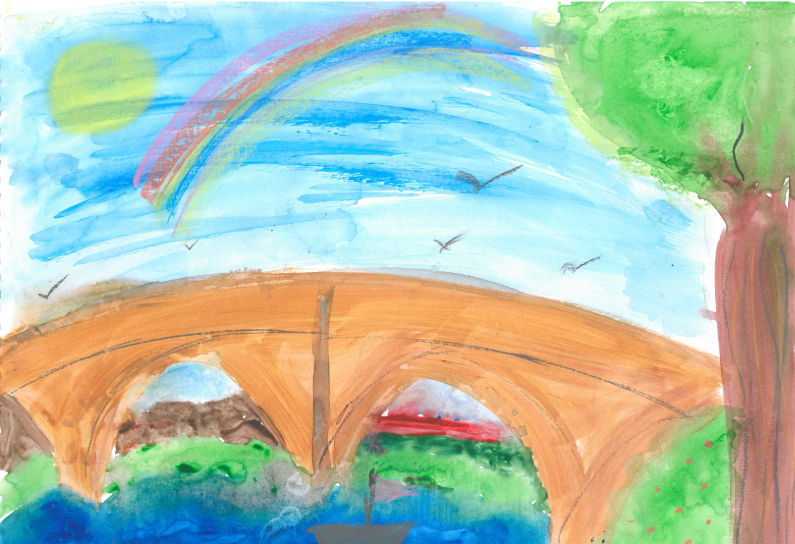
- On the European Stage: Preserving by Maintaining conference, Bratislava
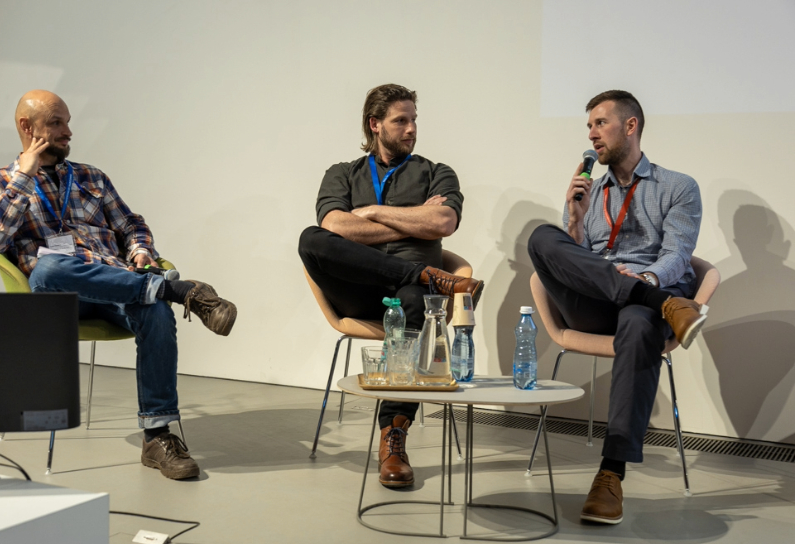
- The Abolition Movement in Stirling

- Shopping Arcades

- Retrofitting Traditional Buildings: Insulation

- Retrofitting Traditional Buildings: Climatic Adaptation
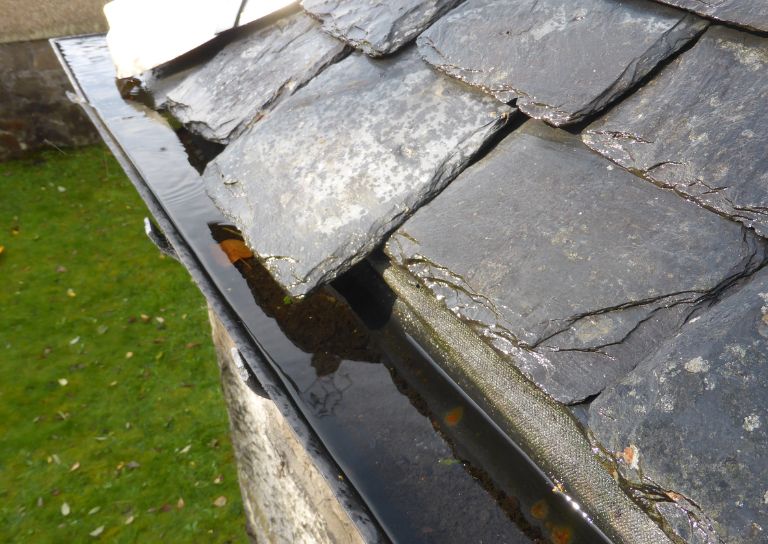
- Kings, Wolves and Drones: 20 years of care and repair at Stirling City Heritage Trust

- Practical Workshop on Retrofitting Insulation with A. Proctor Group
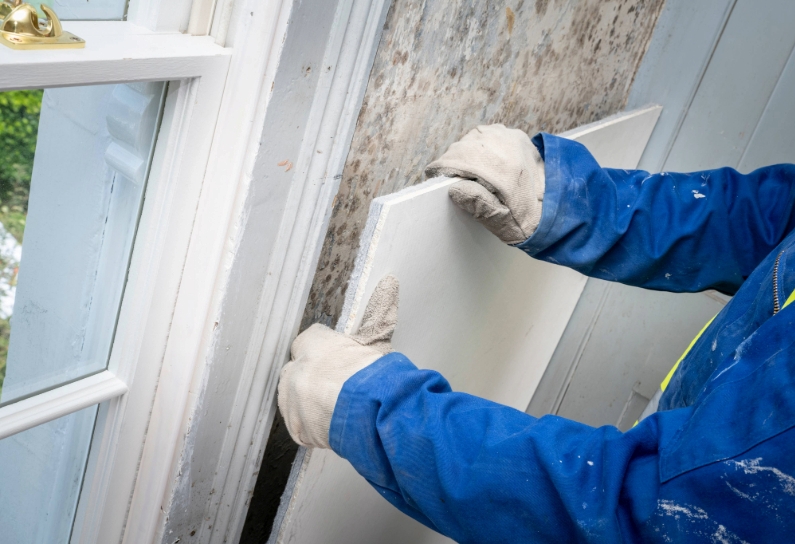
- Marking the 80th anniversary of VE Day
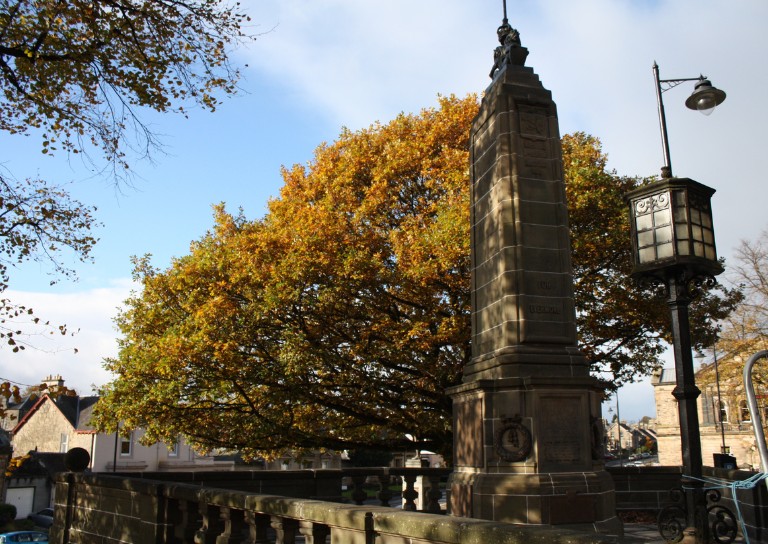
- Walker Family Visit

- Retrofitting Traditional Buildings: Fabric First

- Supporting traditional building repair in Stirling
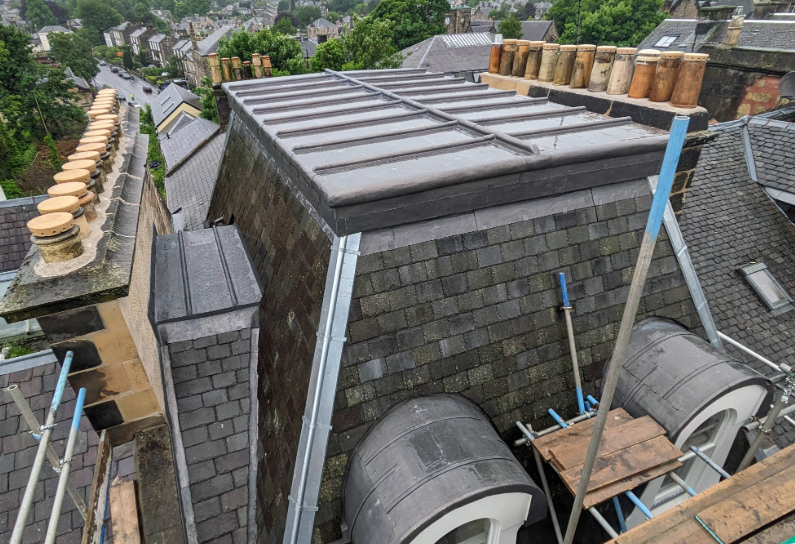
- Stirling's Historic Jails
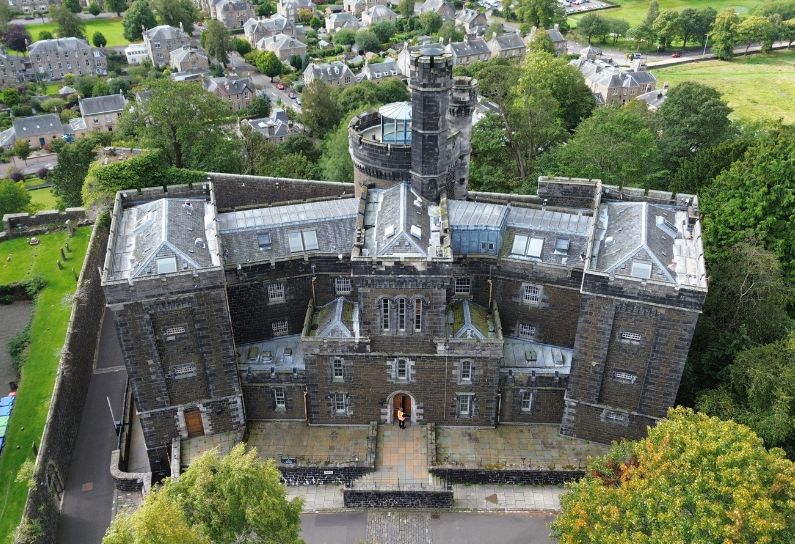
- Ghost Tales from Stirling

- Stirling Reminiscence Box

- Stirling City Heritage Trust at 20

- Retrofit Event: Meet the Suppliers

- Snowdon House and The West Indies

- Miss Curror and the Thistle Property Trust

- Dr Lindsay Lennie retires from Stirling City Heritage Trust
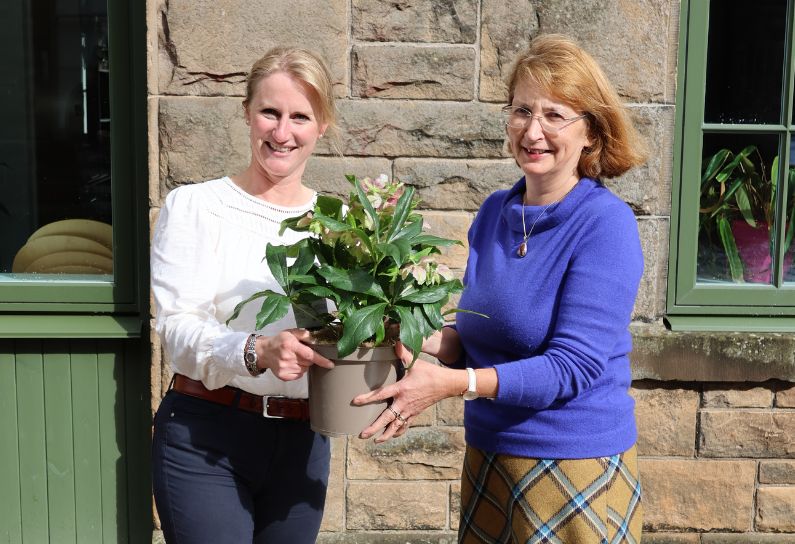
- Stirling’s Streetscape Stories: Photography Workshop

- Level 3 Award in Energy Efficiency for Older and Traditional Buildings Retrofit Course (2 Day)

- Stirlingshire’s Highland Games

- Creative careers in the heritage sector

- Postcards From Stirling

- Stirling’s Gala Days

- Building Surveying Student Intern at Stirling City Heritage Trust

- Heritage Trail: Stirling Walks

- Local History Resources

- Stirling Through the Decades

- Stirling’s STEM Pioneers

- Traditional Skills: Signwriting

- Christian MacLagan, a pioneering lady, but born too soon?

- Traditional Shopfronts in Stirling

- Stirling History Books for World Book Day

- My Favourite John Allan Building by Joe Hall

- My Favourite John Allan Building by Lindsay Lennie

- My Favourite John Allan Building by Andy McEwan

- My Favourite John Allan Building by Pam McNicol

- Celebrating John Allan: A Man of Original Ideas

- The Tale of the Stirling Wolf

- Stirling: city of culture

- Christmases Past in Stirling

- Stirling’s Historic Graveyards

- Top 10 Tips for Architectural Photography

- An Interview with David Galletly

- Springtime in Stirling

- The Kings Knot – a history

- A Future in Traditional Skills

- Robert Burns’ First Trip to Stirling

- Stirling’s Witches

- Stirling’s Ancient Wells

- An architecture student’s take on the City Of Stirling

- Ronald Walker: Stirling’s Architect

- Stirling’s Statues

- Stirling’s Wee Bungalow Shops

- Stirling’s Historic Hospitals

- Women in Digital Innovation and Construction

- Heritage at home: 8 of the best online heritage resources

- Stirling featured at virtual heritage conference

- Five of Stirling’s greatest John Allan buildings

- Women in Construction – Stirling event report

- Scotland’s trailblazing women architects

- Stirling’s Heritage: Spotlight on The Granary

- TBHC Scheme now open to properties in Dunblane and Blairlogie

- How drones help us inspect traditional buildings

- Hazardous Masonry & Masonry Falls

- Mason Bees: What’s the Buzz?

- Stirling Traditional Skills Demonstration Day Success!

- Floating Head Sculpture at Garden Glasgow Festival 1988

- The story behind Paisley Abbey’s Alien gargoyle

- Cambuskenneth Abbey

- Stirling City Heritage Trust Publications

- Sharing Memories: Taking '20 Great Buildings of Stirling' into the community

- William Wallace Statues In Stirling

- Coronations and Royal Christenings in Stirling

- The development of King's Park

- Energy efficiency project awarded grant from Shared Prosperity Fund

- Inspiring the Future: Stirling City Heritage Trust's Women in Construction Event at Wallace High

- Doors Open Days Talk: Who Built Stirling?

- 10 Years of the Traditional Buildings Health Check

- Growing up in Stirling: A Night of Reminiscence at The Smith

- SCHT visit to Brucefield Estate, Forestmill, Clackmannanshire

- Statement on Christie Clock

- Stirling’s Lost Skating Heritage

- Laurelhill House and the West Indies

- Beechwood House and the Transatlantic Slave Trade
- About Us

- Support Us

- Contact

Stirling’s Statues

Find out who the statues depicted, and if possible who commissioned and created them. We’ve decided to focus in on the statues and memorials near the Corn Exchange and Dumbarton Road, and encourage you to go out and do some statue spotting yourself.
There are no statues of women in this blog post as there are very few statues of women in general; Glasgow has less than 5, and most of those are statues of the same woman, Queen Victoria! So, if you’re interested in statues and memorials dedicated to women have a look at this excellent crowdsourced project Mapping Memorials to Women, funded by Glasgow Women’s Library, Women’s History Scotland, and Girlguiding Scotland. You can add memorials to this interactive map database, as well as images and information about memorials already listed. We can also recommend Sara Sheridan’s Where are the Women?, published by Historic Environment Scotland. It is a beautifully illustrated book which imagines a Scotland where only women are publicly memorialised and celebrated, and it contains a treasure trove of information about Scotland’s impressive but forgotten women.
Sir Henry Campbell-Bannerman (1836-1908)
Sir Henry Campbell-Bannerman is perhaps not as well-known as the other figures we’ll be discussing, so it’s worth telling you a little more about him, and why he is perhaps deserving of his statue. Campbell-Bannerman was born and raised in Glasgow and never lived in Stirling, but he served as Stirling’s Liberal MP for nearly 40 years from 1868 onwards. Between 1905 and 1908 Campbell-Bannerman was also our Prime Minister, the first man to bear that title officially. He was against the extension of the suffrage to women, but during his career, he spoke out about the British Treatment of South Africans during the Second Boer War (1899-1902), introduced the eight-hour working day, and encouraged all local authorities to provide school children with free school meals. His government also passed the Workmen’s Compensation Act in 1906, which gave some workers the right to seek damages if they suffered an injury in the workplace and he is regarded as a social reformer by historians.
His bronze statue sits on a pink granite pedestal, and was created by sculptor Paul Raphael Montford (1868-1938) in 1913. Montford was born in London and achieved great success as a sculptor across the UK, as well as in Australia. He studied at the Royal Academy where he won a number of prestigious awards and his other works in Scotland include the bronze figures on the Kelvin Bridge in Glasgow.
Rob Roy MacGregor (1671-1734)
Just down the street from Henry Campbell Bannerman is a statue of notorious Scottish outlaw Rob Roy, who joined the Jacobite rising of 1689 with his father when he was just 18 years old. As a result, his father was jailed for treason for two years and when he was finally released, tragically his wife, and Rob Roy’s mother, had passed away. Rob Roy hid out in the Highlands under the patronage of John Campbell, the 2nd Duke of Argyll, and he built a house in Glen Shira, the remains of which can still be visited today. His fortunes began to rise again as he became a cattleman, but he lost all of his money and cattle due to a duplicitous chief herder and was declared an outlaw, his family thrown out of their house which was then burnt down on the orders of his principal creditor, James Graham, 1st Duke of Montrose. This began a blood feud between the two which lasted until 1722, when Rob Roy was forced to surrender and was imprisoned until 1727. He was released in part because of the success of Daniel Defoe’s biography of Rob Roy, The Highland Rogue, and he died in Balquhidder in 1734.
A bronze plaque on the statue’s pedestal reads: ‘My foot is on my native heath and my name it is McGregor’ is taken from Rob Roy, the wildly successful historical novel based on his life by Walter Scott (1771-1832), which romaticised the turbulent life of Rob Roy, bringing it to the attention of an international audience. The plaque also states that this particular statue was ‘Presented by Adam McGregor Dick of Kilmarnock The GR.GR.GR.GR.GR.Grandchild of this Famous Scotsman’, which reminds us to look into our own family trees…
Robert Burns (1759-1796)
Our National Bard needs little introduction, and statues of him can be found across Scotland. This particular statue of Burns was created by sculptor Albert Hemstock-Hodge (1875-1918), and was commissioned and gifted to the city of Stirling by Provost Bayne. Hemstock-Hodge was born on Islay and studied at Glasgow School of Art. He started out his career working for the greatly respected Glasgow based architect William Leiper (1839-1916) before realising his true passion lay in sculpture. The base of the pedestal is granite, and whilst the bronze statue is of a high quality, the four bronze reliefs which represent scenes from Burn’s most iconic poems are the most striking element of this monument. We particularly like the panel which depicts the macabre dancers at Tam O’ Shanter spied in Alloway Kirk!
Burn’s actually visited Stirling in 1787, but he had nothing good to say about the castle which was in a sorely negelected state by this point in time. To learn more about this visit read our publication King Street: A Place of Quality, over on our website.









